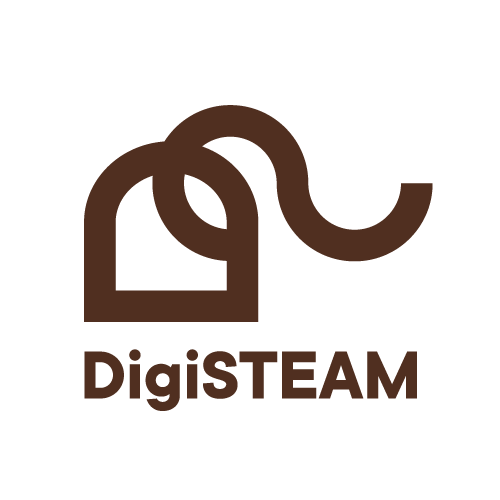The students had received a pre-reading assignment in which each of them delved into STEAM topics by reading articles before the start of mobility week. On the first day, they had a reflection discussion about the article’s themes. Three clear themes emerged in a discussion and students formed groups where they continued with emerged topics. Every group has one student from The University of Stellenbosch, The University of Helsinki, and The University of Eastern Finland.
Gender Equity in STEM and STEAM
Gender equality is a topic which Finland and South Africa both want to achieve. We have seen that both countries have problems with gender equality and things that we want to improve. For example, genders have different jobs, but all jobs are meant for all genders without being biased for particular gender. Especially in STEM careers (science, technology, engineering, mathematics) there are a lack of women. Change is happening, but it happens too slow. In this digiSTEAM project we want to observe the gender differences and share the knowledge about how to create gender equality.
Socio-economical equity: How the social economical factors influences in STEAM education?
This approach handles social economical perspective. Our question is how the social economical factors influences in STEAM-education. We want to focus on inequalities shown on different classes, how are the requirements in schools in Finland and in South Africa. We also want to research on the material used in schools.
One of the key themes that emerged for our group was related to how different socioeconomic and identity factors may influence STEAM education. In South Africa, class differences have been noted as potential barriers to STEAM education. This led us to explore conversations about refugees and immigrant learners in STEAM classes, and whether their experiences are similar or different to that of other students. In addition to class, race and nationality, language and different able-bodiedness may also be a factor in students’ engagement and participation in STEAM education. This theme will thus explore the similarities and differences of socioeconomic and identity factors on STEAM education in Finland and South Africa.
Equity related to creativity
In Finland, there has been a prevailing mindset where you could either be skilled in creative subjects or in academic subjects. Nowadays, this mindset is changing, and we believe that STEAM pedagogy supports this view. In South Africa, crafts have been a part of the curriculum earlier, but it has been removed nowadays. Creativity forms the base for the entire STEAM pedagogy and art connects to every aspect of that. The term “Art” doesn’t necessarily mean that one needs to be artistic. Creativity also encompasses problem-solving, and it carries out through the whole process. It’s important to highlight that creativity exists in engineering too. Art has always been a part of STEM pedagogy, but it hasn’t been emphasized before. Equity in STEAM is that one can express their skills and creativity in many ways.


Leave a Reply